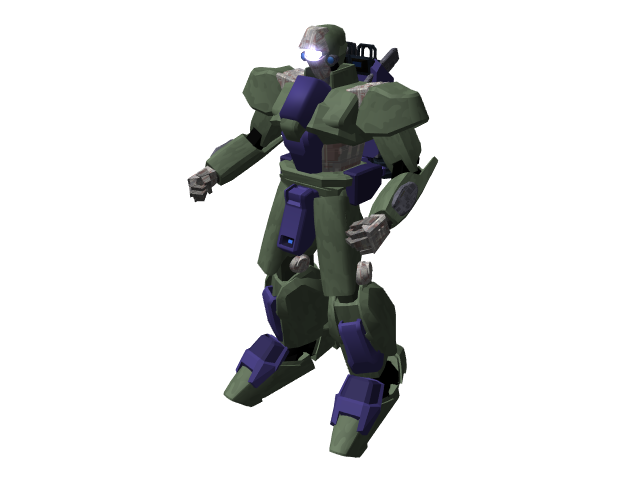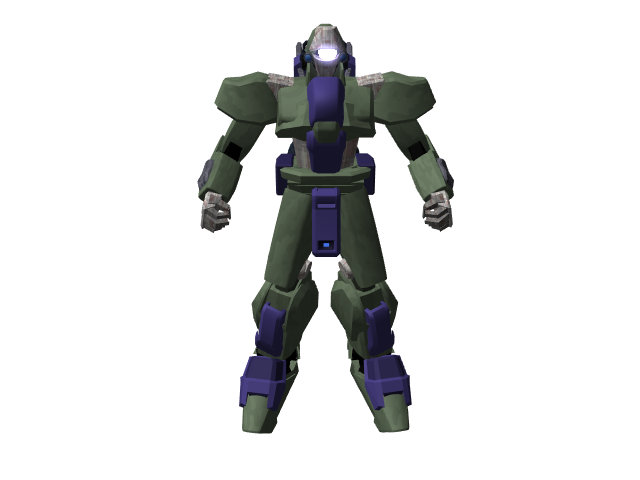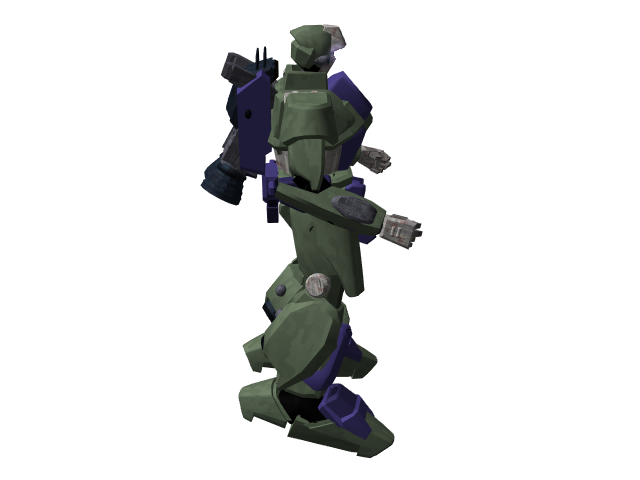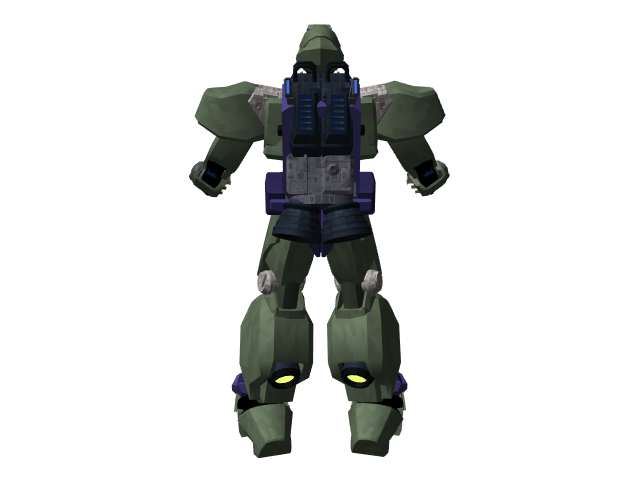Origin Industries
- Main Page: Origin Industries
- Faction Alignment: Independant
- Client[s]:
Branch companies
Origin Property
Space Station
Settlements
Fleets
Systems Owned
Characters
Characters affiliated with Origin Industries, can be found in the link below.




